The Australasian Centre for Rail Innovation (ACRI) and the Rail Industry Safety and Standards Board (RISSB) have taken a major step in ensuring the continuous improvement of safety in the rail industry with the release of advanced research into safety culture.
ACRI and RISSB signed an agreement licensing RISSB to disseminate the results of the Safety Culture Survey research throughout the industry. The research was undertaken by the Co-operative Research Centre for Rail Innovation (CRC). Upon its creation in 2014 ARCI’s program included the development of legacy activities from the CRC when it ceased operations.
The licensing agreement will enable RISSB to provide the research to its fee-paying members in Australia and New Zealand.
ACRI chair John Anderson said, “This is a major step for rail safety. It will help rail operators in Australia and New Zealand to run their rail networks in the safest manner possible.”
ACRI has also signed an agreement with Central Queensland University to help organisations in the industry interpret the results of the survey. Central Queensland University was the major contributor to the original research.
ACRI also has an agreement with the US firm Qualtrics which specialises in the development of platforms to deliver online survey software. This platform will enable organisations to gain easy access to the survey data.
The research looked at safety and organisational culture among rail operators in Australia and overseas as well as other Australian industries to build a model of good practice organisational culture for workplace health and safety for the sector. The research concentrated on three Australian rail operators: one passenger, one freight and one heavy haul and involved extensive qualitative surveying of 229 participants.
The model is based on the experience of real, and diverse organisations in the industry. It can be used immediately as a tool for organisational self-reflection. It can be used to identify and affirm current good practice. Most importantly it provides a framework for action to improve workplace health and safety performance in the Australian rail industry.
Among other things, it stresses the need for good communication to encourage reporting, not to allow bad practice to fester, and the application of enough people, training and money for the task.
